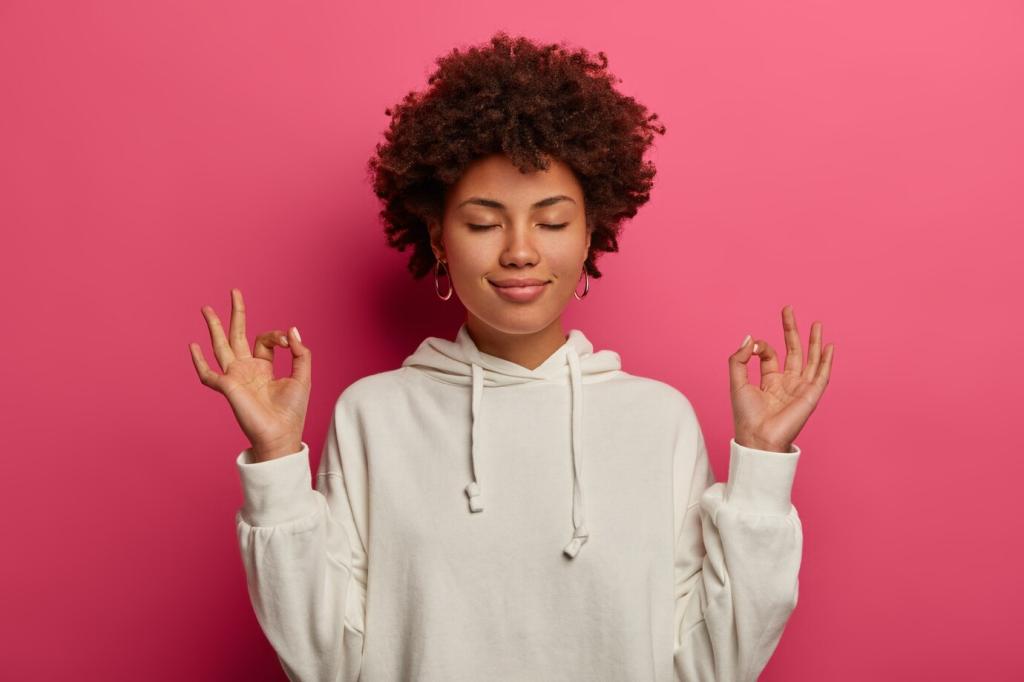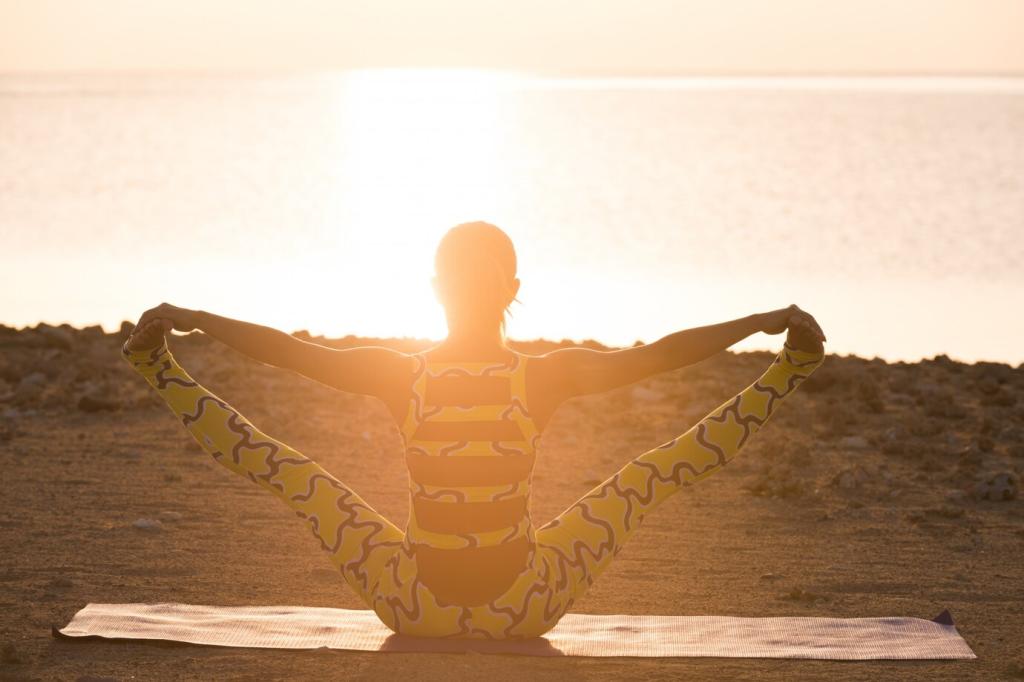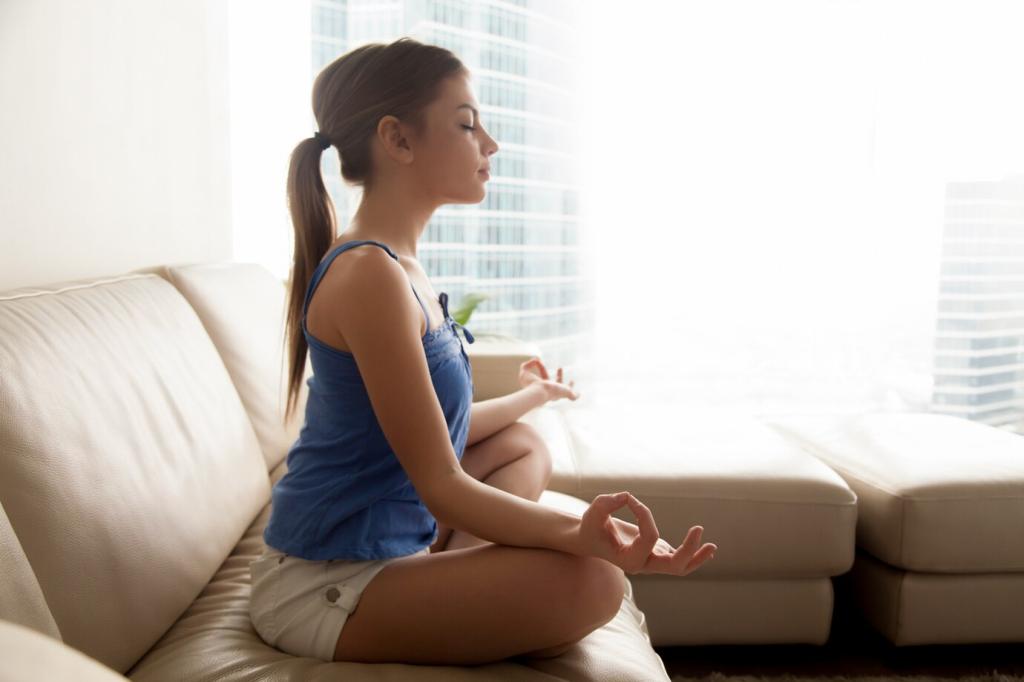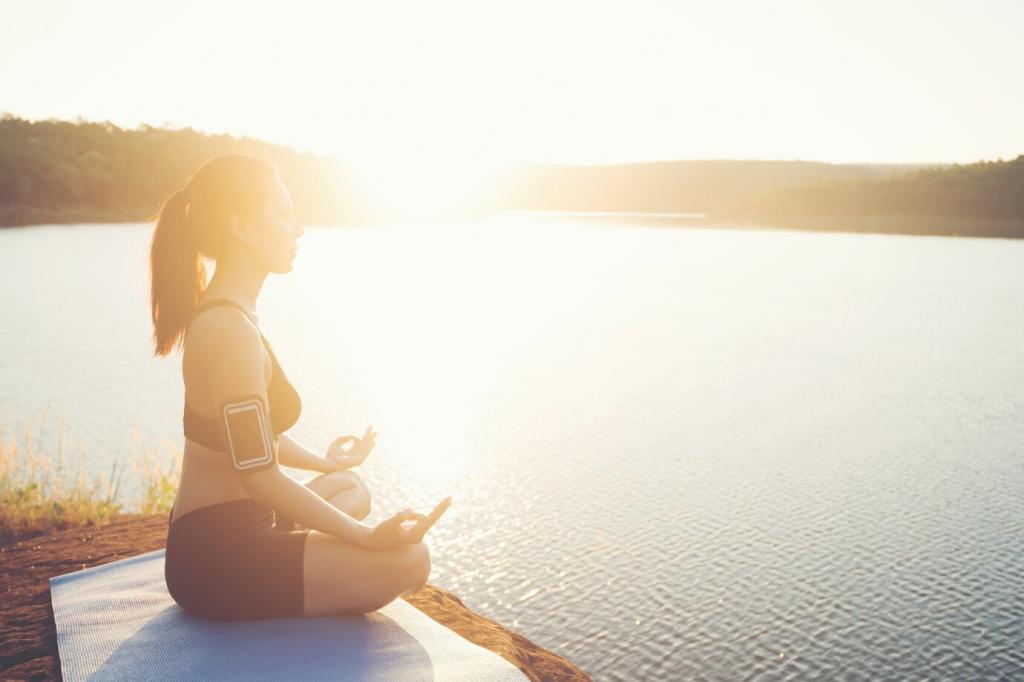Design a Sustainable Mental Health Practice
Begin with three minutes of diaphragmatic breathing, then a gentle flow: cat-cow, lunge with twist, standing forward fold, supported bridge, and a final body scan. This steady arc balances energy and calm. Save this outline and tweak it to match your mornings or evenings.
Design a Sustainable Mental Health Practice
Stack your practice onto an existing habit—after coffee or before brushing teeth. Lay out your mat the night before, choose one song as a start cue, and keep props visible. Share your friction points, and we’ll workshop solutions together in next week’s newsletter.









